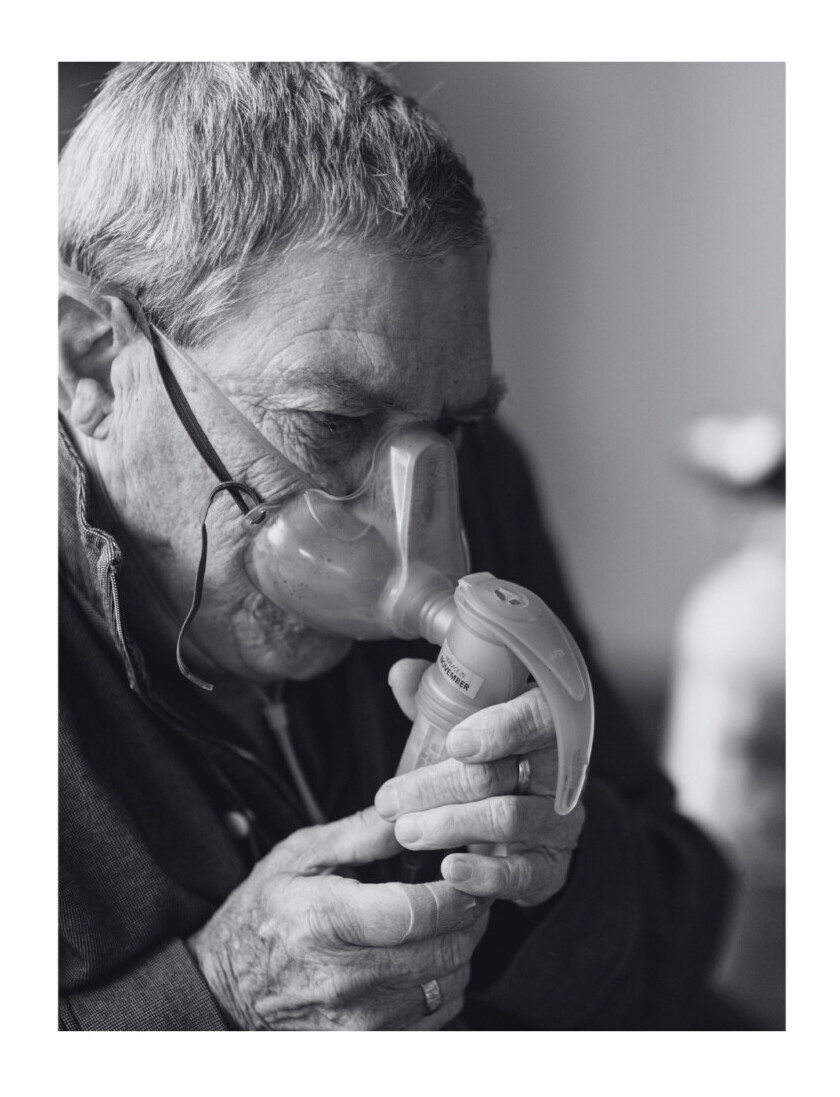
The hidden cost of poor air pollution affects health, the economy, and daily life. It leads to increased healthcare expenses, lost workdays, and even premature deaths. Though air pollution is often invisible, its impact is undeniable.
Understanding what’s in the air you breathe is the first step to protecting yourself, your community, and your workplace. We’re proud to provide you with air monitoring solutions to help assess, track, and take action.


The Link Between Air Pollution and Chronic Diseases
The hidden cost of poor air quality extends far beyond temporary discomfort, reaching into some of the most serious and long-term health conditions. Research has consistently shown that air pollution is a major driver of chronic respiratory illnesses such as asthma, bronchitis, and chronic obstructive pulmonary disease (COPD). These conditions not only diminish quality of life but also lead to frequent hospital visits, costly treatments, and lost productivity. Cardiovascular health is also deeply affected, with pollutants contributing to high blood pressure, irregular heart rhythms, stroke, and heart disease—the leading cause of death worldwide.
The impact of polluted air does not stop at the lungs and heart. Emerging studies link long-term exposure to neurological effects, including cognitive decline, memory loss, and an increased risk of neurodegenerative diseases like Alzheimer’s and Parkinson’s. This adds a heavy social and economic burden as families and healthcare systems struggle to support patients facing progressive conditions. Even more concerning is the connection between air pollution and cancer. Harmful substances such as benzene, formaldehyde, and other carcinogens found in polluted air can significantly increase the likelihood of developing cancers of the lungs and other organs.
Taken together, these health risks illustrate that air pollution is not just an environmental issue but a public health crisis. Its effects ripple across communities, workplaces, and economies, underscoring the urgent need for stronger monitoring, preventive measures, and policies to protect people from the long-term consequences of poor air quality.
Practical & Affordable Ways to Improve Air Quality
Indoor air pollution is often more severe than outdoor pollution, making it crucial to understand and manage indoor air quality to reduce its hidden costs. Simple steps can make a significant difference, such as using air purifiers to remove pollutants and keeping ventilation systems clean to maintain healthy airflow. Reducing chemical exposure by choosing natural cleaning products helps limit harmful emissions, while avoiding smoking indoors prevents the serious effects of secondhand smoke. Beyond these measures, improving ventilation by opening windows and using exhaust fans can bring in fresh air and reduce the buildup of indoor contaminants. Investing in an air purifier with a HEPA filter is another effective step for homes or offices, while limiting pollutants like aerosol sprays and chemical-heavy products further improves air quality. Adding air-purifying plants such as spider plants, snake plants, or peace lilies can also enhance air quality naturally. Additionally, monitoring indoor air quality with reliable sensors provides valuable insights, and checking real-time air quality maps allows individuals to make informed decisions about outdoor activities and protective measures. Together, these practices support healthier living and working environments while reducing the hidden costs of poor air quality.
Check Air Quality in Your Area










Get Social